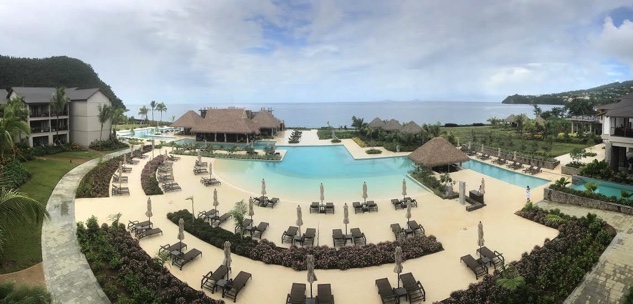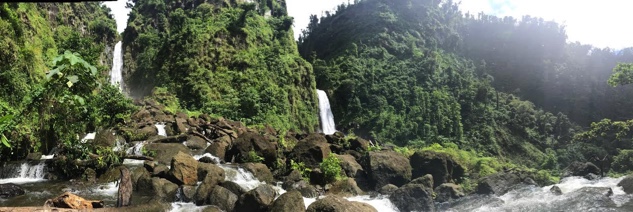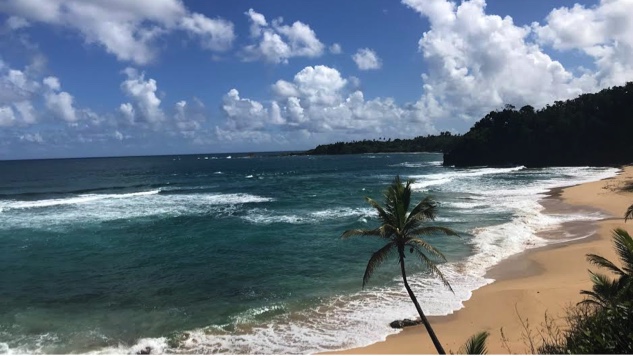
Nearly 30 million tourists visited the Caribbean last year, but less than 65,000 of them made a stop on the island of Dominica. How you react to that statistic will help you determine if a trip to the island is for you.
The lack of direct flights from the mainland is the biggest hurdle for American travelers who’ll need to connect via Antigua, Barbados, St. Maarten, Puerto Rico, Guadeloupe or St. Lucia. Another hurdle was a dearth of hotel rooms on the island, but the newly opened Cabrits Resort & Spa Kempinski near the island’s second largest town of Portsmouth (about a 45-minute drive from the island’s two airports) has changed that. With 151 sumptuous rooms, a full-service spa, and on-site restaurants and bars—including a swim-up bar in the centerpiece swimming pool and one featuring 36 different local bush rums—Cabrits is aiming to lure upscale travelers to an off-the-beaten path locale with gourmet food and luxury treatment.

The reason for choosing Dominica, though, is to experience nature away from the crowds of neighboring islands. Hot springs, coral reefs, a boiling lake and whale-watching are the main attractions, but some of my favorite moments were stumbling upon a hidden beach as beautiful as any I’ve visited and the short hike to Mother and Father, the twin waterfalls collectively called Trafalgar Falls. It’s a beautiful country.

Dubbed “The Nature Island of the Caribbean,” the mountainous nation of 72,000 people claims more than 300 rivers, or “a river for every day.” It also boasts of 10 volcanoes and the second largest boiling lake in the world. Hurricanes have stalled development and caused massive damage on the island, particularly Hurricane Maria in 2017, which left 90% of the island’s buildings in ruins.
The aftereffects of Maria are still visible driving around the island, but rebuilding efforts show a resiliency to the people of Dominica, considering the damage was more than double of the country’s GDP. The Creole culture on the island pulls from the African heritage of a majority of the population, along with the English and French former colonists and the indigenous Kalinago tribes living in an autonomous territory along the east coast. Crime rates are low and the official language is English, though some French-based Creole is also spoken.

I wasn’t able to SCUBA dive during my time in Dominica, but it’s considered by many to be one of the top destinations for divers in the Caribbean. The hours I spent snorkeling just off the dock of the Cabrits resort made me want to go back specifically to dive, though. Corals were just beginning to grow back on the rocks around the resort, but it was enough to attract just about every species of tropical fish and invertebrate you’d expect, along with the invasive lionfish that are unfortunately everywhere in the Caribbean now.
It’s not the easiest place to get to from much of the world—and traveling the mountain roads on the island can be an adventure in itself, but that’s why it remains one of the most unspoiled destinations in the Caribbean. If you’d like to experience island beauty and culture without bumping elbows with your fellow tourists, Dominica is calling.